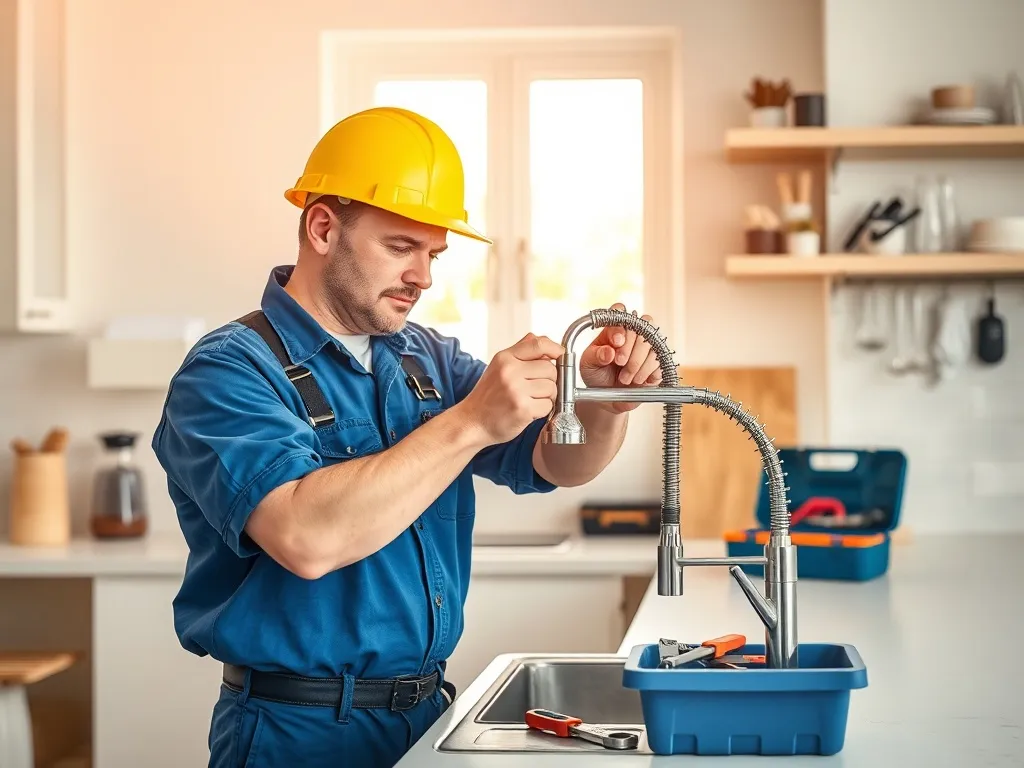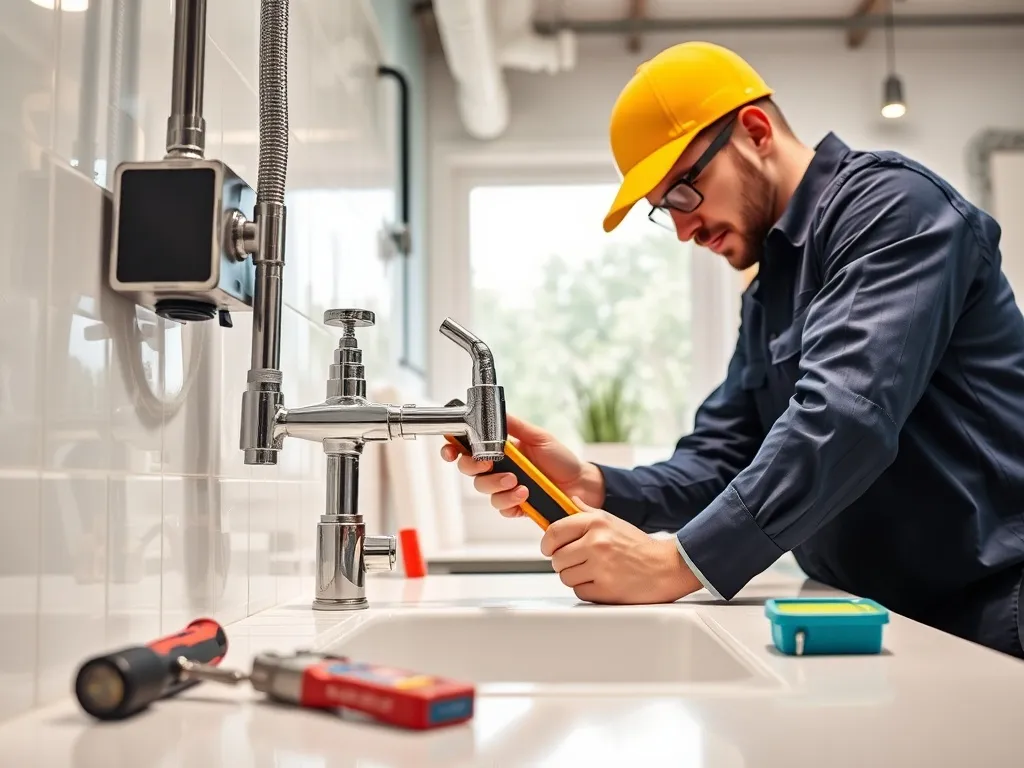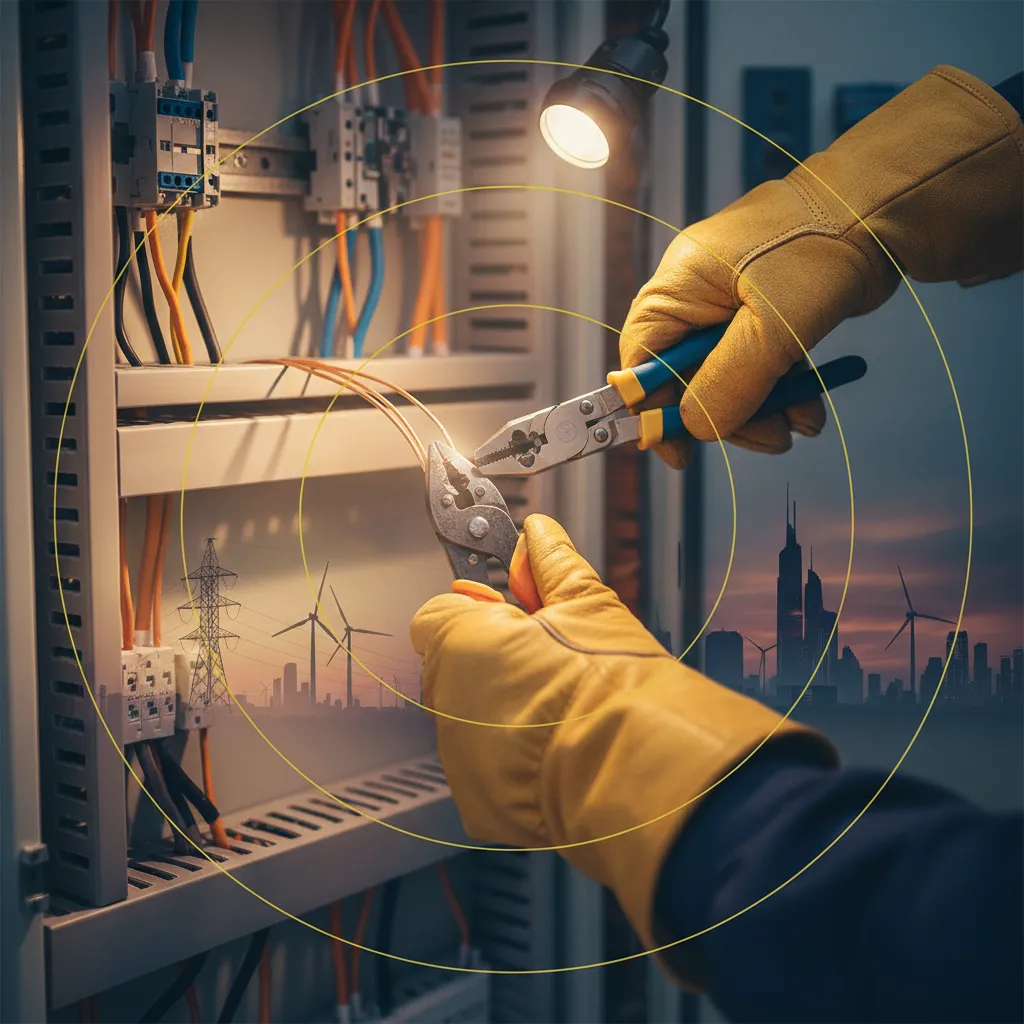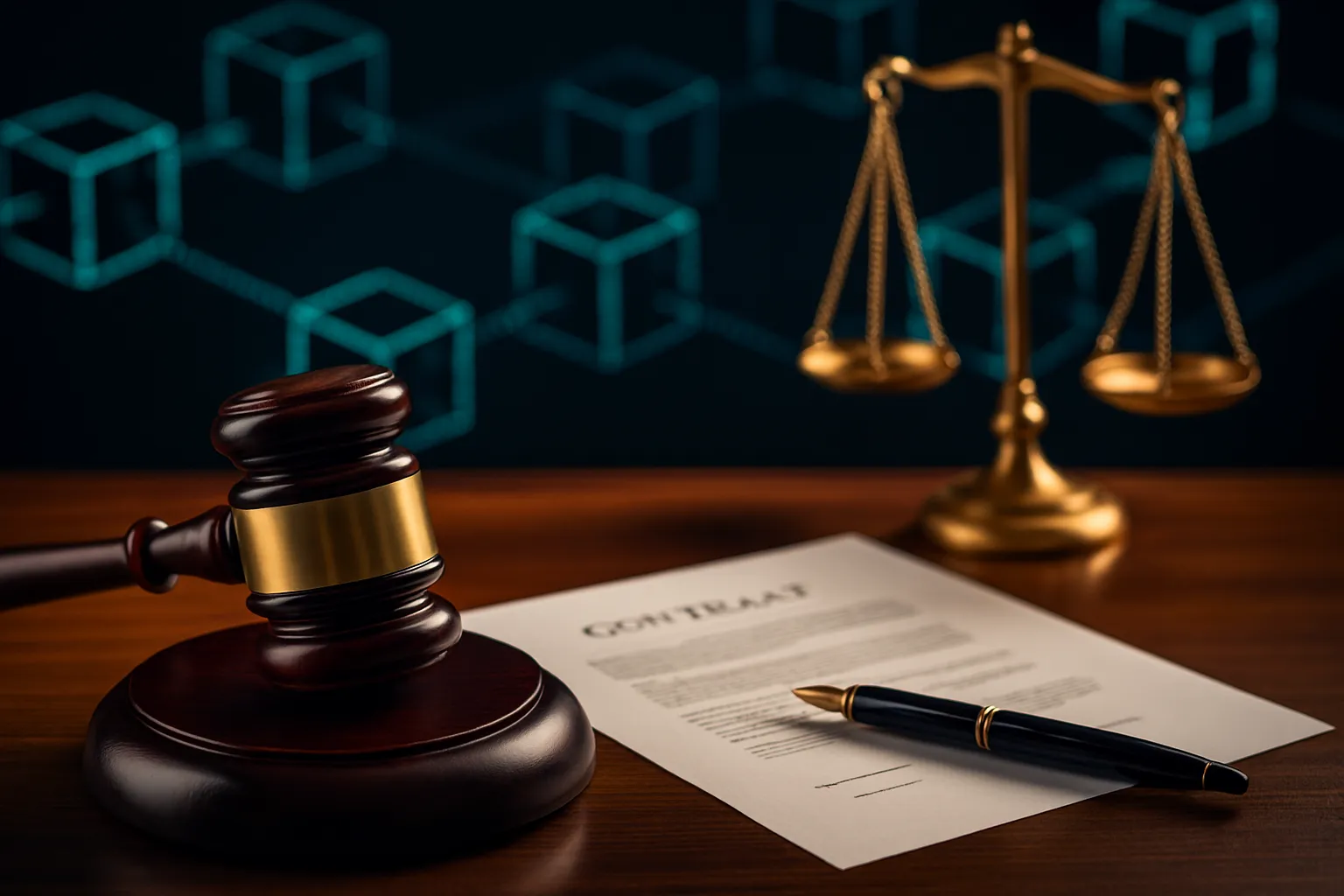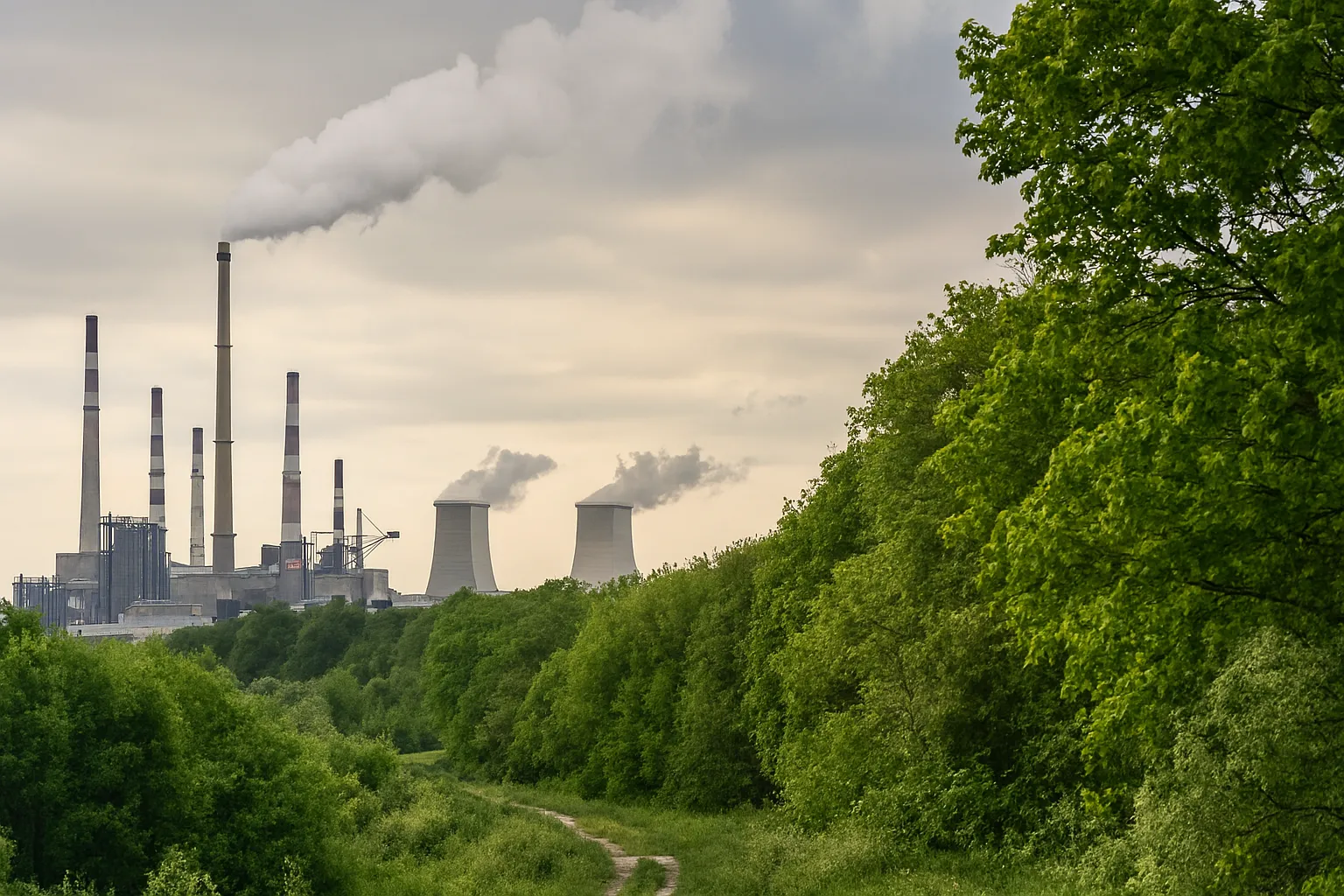Siding Options for Energy-Efficient Homes: A Complete Guide
Choosing the right siding for your home is more than just a design decision-it’s a smart investment in comfort, durability, and energy savings. With rising energy costs and growing awareness of sustainable living, homeowners are now looking for energy-efficient siding options that enhance insulation, reduce utility bills, and provide long-lasting protection. This complete guide explores the best siding materials, their benefits, and how to select the ideal choice for your energy-efficient home.
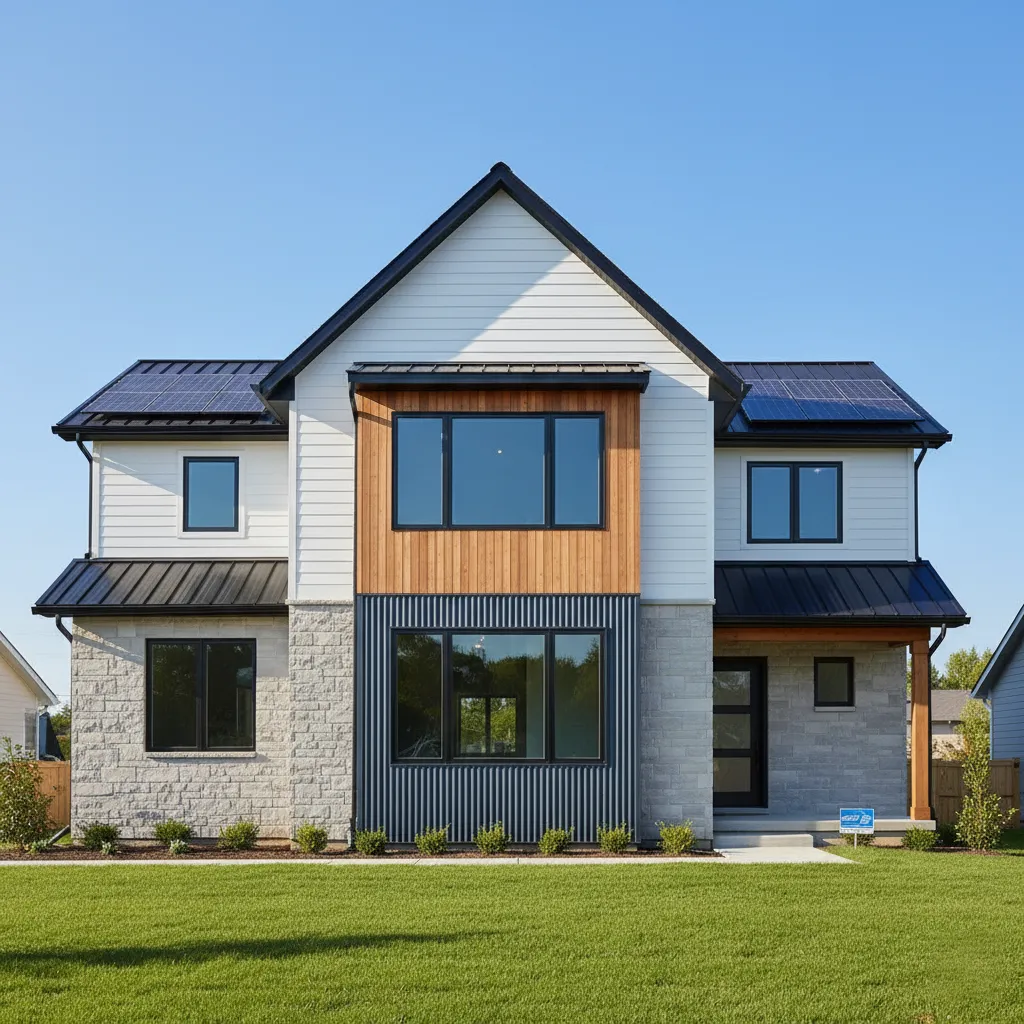
Understanding the Importance of Energy-Efficient Siding
Energy-efficient siding plays a crucial role in regulating indoor temperature, minimizing heat loss during winter, and keeping interiors cool in summer. By acting as a protective shell, siding improves thermal resistance, known as the R-value, which measures insulation effectiveness.
Beyond insulation, siding impacts sustainability and home value. Properly installed siding reduces dependence on HVAC systems, lowers greenhouse gas emissions, and contributes to a greener lifestyle. Choosing the right siding ensures both energy performance and long-term cost savings.
Vinyl Siding: Affordable and Popular
Vinyl siding is one of the most widely used siding materials due to its affordability, low maintenance, and variety of styles. While it may not be the top performer in insulation by itself, insulated vinyl siding offers improved energy efficiency by incorporating a foam backing.
Homeowners choose vinyl because it resists moisture, insects, and fading. It’s also available in many colors and textures, allowing for customization. When combined with proper insulation, vinyl siding can contribute to a more energy-efficient home at a budget-friendly price.
Pros of Vinyl Siding
- Cost-effective and durable
- Low maintenance requirements
- Variety of styles and colors
Cons of Vinyl Siding
- Lower insulation compared to premium options
- Not as eco-friendly as natural materials
Fiber Cement Siding: Durable and Versatile
Fiber cement siding is made from cement, sand, and cellulose fibers, creating a durable and fire-resistant material. It offers the appearance of wood without the risk of rot, termites, or warping. Known for its strength, fiber cement siding can last for decades with minimal upkeep.
From an energy-efficiency standpoint, fiber cement siding has moderate insulating properties. However, when paired with proper underlayment and insulation, it significantly improves home performance. Its resistance to harsh climates makes it a reliable choice for homeowners seeking durability and style.
Best Uses for Fiber Cement
This siding option is perfect for homeowners in areas prone to extreme weather, as it withstands heavy rain, snow, and high winds while maintaining an attractive finish.
Wood Siding: Natural Beauty with Proper Care
Wood siding is a timeless option, admired for its natural beauty and eco-friendly appeal. It provides excellent insulation and can be sustainably sourced, making it a strong contender for green homes. With proper maintenance, wood siding can last for many years.
However, wood siding requires regular upkeep to prevent issues like rot, pests, and weather damage. It’s best suited for homeowners who appreciate authentic aesthetics and are willing to invest in maintenance to preserve its performance and appearance.
Types of Wood Siding
- Cedar: Naturally resistant to decay and insects
- Pine: Affordable but requires more maintenance
- Redwood: Premium option with excellent durability
Engineered Wood Siding: Modern Innovation
Engineered wood siding combines wood fibers, resins, and wax to create a siding material that mimics natural wood but with improved durability and reduced maintenance. It’s lighter than fiber cement and offers great thermal performance.
Engineered wood is often treated to resist moisture and pests, making it a more practical option than traditional wood siding. It’s also considered eco-friendly since it uses fewer raw materials while delivering excellent insulation benefits.
Metal Siding: Strong and Sustainable
Metal siding, particularly aluminum and steel, is known for its strength, longevity, and recyclability. It resists fire, insects, and rot, making it one of the most durable siding materials on the market. Modern metal siding comes in various finishes that replicate wood or stone textures.
Although metal siding alone is not the best insulator, it reflects sunlight effectively, helping keep homes cooler in summer. With added insulation layers, metal siding can contribute significantly to a high-performance energy-efficient home.
Advantages of Metal Siding
- Extremely durable and fire-resistant
- Low maintenance and recyclable
- Reflective properties reduce heat gain
Brick and Stone Veneer: Timeless and Insulating
Brick siding and stone veneer siding have been used for centuries due to their durability and natural insulation. These materials create a thermal mass that regulates indoor temperatures by absorbing and slowly releasing heat.
While full brick or stone walls are heavy and costly, veneer options provide similar aesthetic and energy benefits at a lower price. These sidings are ideal for homeowners who want a classic, energy-efficient exterior with minimal upkeep.
Stucco Siding: Efficient in Warm Climates
Stucco siding is a traditional choice, especially in southwestern and Mediterranean-style homes. It is made from cement, sand, lime, and water, applied in layers to create a solid, energy-efficient exterior. Stucco performs well in dry, hot climates where it reflects heat and reduces cooling costs.
However, stucco may not be suitable for areas with heavy rainfall, as excessive moisture can lead to cracks and damage. When applied correctly with modern moisture barriers, it remains a highly efficient siding option for energy-conscious homeowners.
Insulated Siding: Boosting Thermal Performance
Insulated siding refers to any siding product enhanced with foam backing or insulation layers. This feature increases R-value and reduces thermal bridging, which occurs when heat transfers through studs in the walls.
Available in vinyl, engineered wood, and even metal siding varieties, insulated siding ensures maximum energy efficiency while reducing noise infiltration. Although it costs more upfront, the long-term savings on energy bills make it a worthwhile investment.
Factors to Consider When Choosing Energy-Efficient Siding
Before selecting the right siding, homeowners should evaluate several factors. Budget, climate, maintenance requirements, and aesthetic preferences all influence the best choice. For example, vinyl siding is budget-friendly, while fiber cement siding is ideal for durability in harsh conditions.
It’s also important to consider professional installation, as even the most efficient siding will underperform if not installed properly. Pairing siding with quality insulation and air-sealing ensures maximum benefits.
Checklist for Homeowners
- Assess local climate conditions
- Set a budget and compare long-term costs
- Evaluate maintenance needs
- Check warranties and durability ratings
- Choose styles that complement home design
Conclusion: Making the Right Choice for Your Home
Investing in energy-efficient siding is a smart move that improves comfort, reduces energy bills, and enhances property value. From vinyl and fiber cement to wood, metal, and insulated options, each material has unique benefits tailored to different needs and climates.
The key is to balance aesthetics, cost, durability, and insulation performance. By selecting the right siding and ensuring proper installation, homeowners can enjoy a sustainable, stylish, and energy-efficient living space for years to come.

